
AeroGenie – Ihr intelligenter Copilot.
Trends
Categories
Investigation Underway into Air India 787 Crash
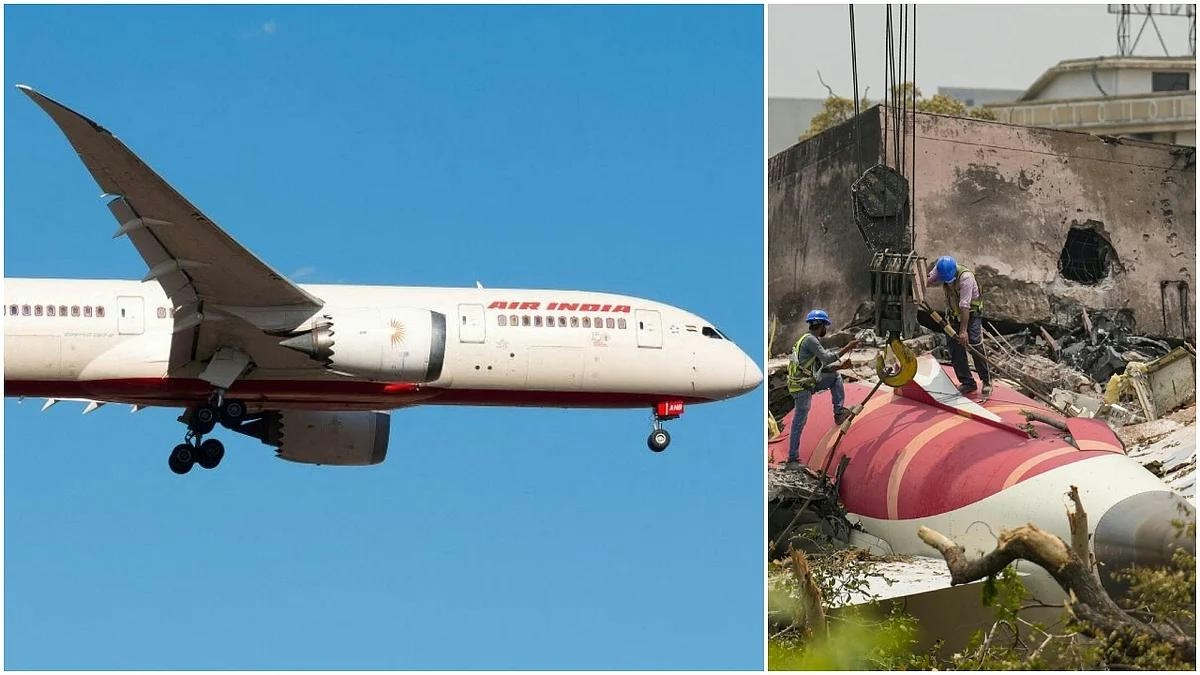
Investigation Underway into Air India 787 Crash
India’s government has convened a high-level committee to investigate the crash of an Air India Boeing 787-8 in Ahmedabad on 12 June. The committee is tasked with delivering its findings within three months, working alongside the Indian Aircraft Accident Investigation Bureau, which is conducting a parallel technical inquiry. Authorities are focused on identifying the root cause of the accident, contributing factors, and assessing the effectiveness of the emergency response. The Ministry of Civil Aviation has clarified that the committee’s mandate is to recommend improvements to standard operating procedures aimed at preventing and managing similar incidents, rather than supplanting the ongoing technical investigation.
Preliminary Findings and Technical Challenges
Initial data from the investigation has introduced new complexities. Notably, fuel cut-off switches were activated mere seconds after take-off, deepening the mystery surrounding the aircraft’s sudden loss of lift approximately 15 seconds after rotation. The flight recorder, recovered from a crash site located about 1.7 kilometers from the end of Ahmedabad airport’s runway 23, has yet to yield definitive explanations for the incident. Surveillance footage reveals that the aircraft’s landing gear remained extended throughout the brief 30-second flight, a factor that may have contributed to the aerodynamic difficulties.
Loss of lift in this context typically indicates insufficient airspeed relative to the aircraft’s weight, wing configuration, or angle of attack. Potential causes under consideration include inadequate thrust, incorrect flap settings, or excessive pitch. Although Ahmedabad’s low elevation of 189 feet generally favors aircraft performance, the high ambient temperature of 42.4°C could have adversely affected lift, particularly given the aircraft’s heavy load of 230 passengers and 12 crew members.
Investigators are examining a range of technical parameters, including the aircraft’s weight and balance, the accuracy of take-off performance calculations, rotation speed, and the operational status of the autopilot and autothrottle systems. Under normal circumstances, the Boeing 787 should have been capable of climbing even with a single engine failure. While dual engine failure is considered highly unlikely, scenarios such as uncommanded thrust rollback, birdstrike, fuel starvation, or simultaneous technical malfunctions are being explored. The inquiry is also assessing whether the ram-air turbine was deployed to supply emergency electrical power. A previous incident involving a Jetstar 787-8 in 2019, linked to a biocide contaminant in fuel, is being reviewed for potential parallels, although no such connection has been established in this case.
Broader Implications and Ongoing Concerns
Configuration errors remain a critical area of focus, drawing parallels to the 2008 Spanair MD-82 crash in Madrid, where improper flap settings resulted in a fatal stall. While video evidence from the Air India crash is inconclusive regarding flap position, investigators are probing whether multiple safety layers were bypassed.
The crash has reverberated beyond the immediate investigation, impacting the aviation reinsurance market and exacerbating financial pressures on India’s aviation insurance sector. Despite intensified inspections, no significant safety issues have been identified within Air India’s 787 fleet, yet passenger confidence has been shaken. A recent survey by Skift indicates that many Indian travelers are now avoiding certain airlines or routes due to safety concerns. Meanwhile, families of the victims continue to seek answers, questioning whether the tragedy might have been averted.
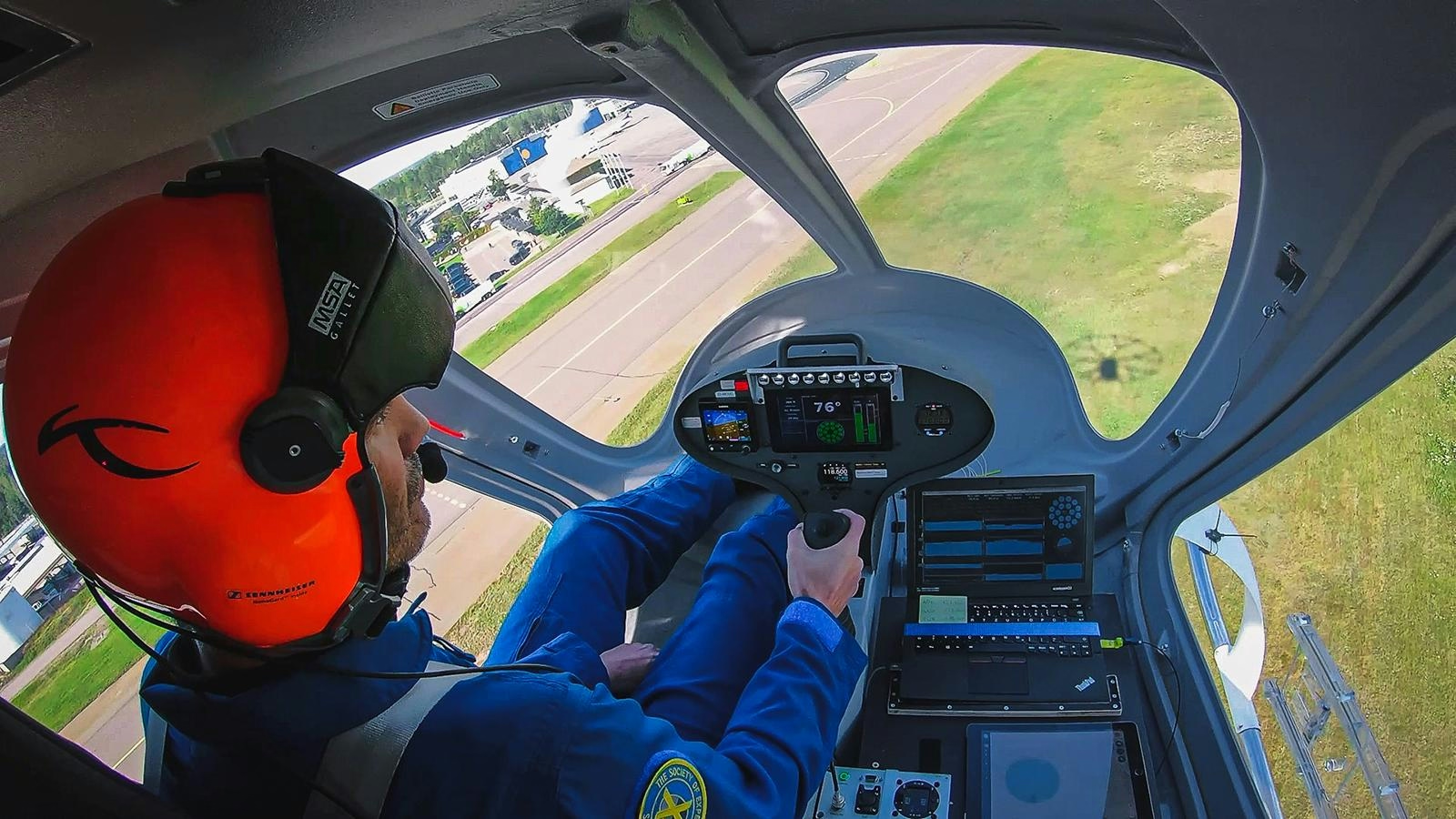
Joby Begins Air Taxi Pilot Training Program in California
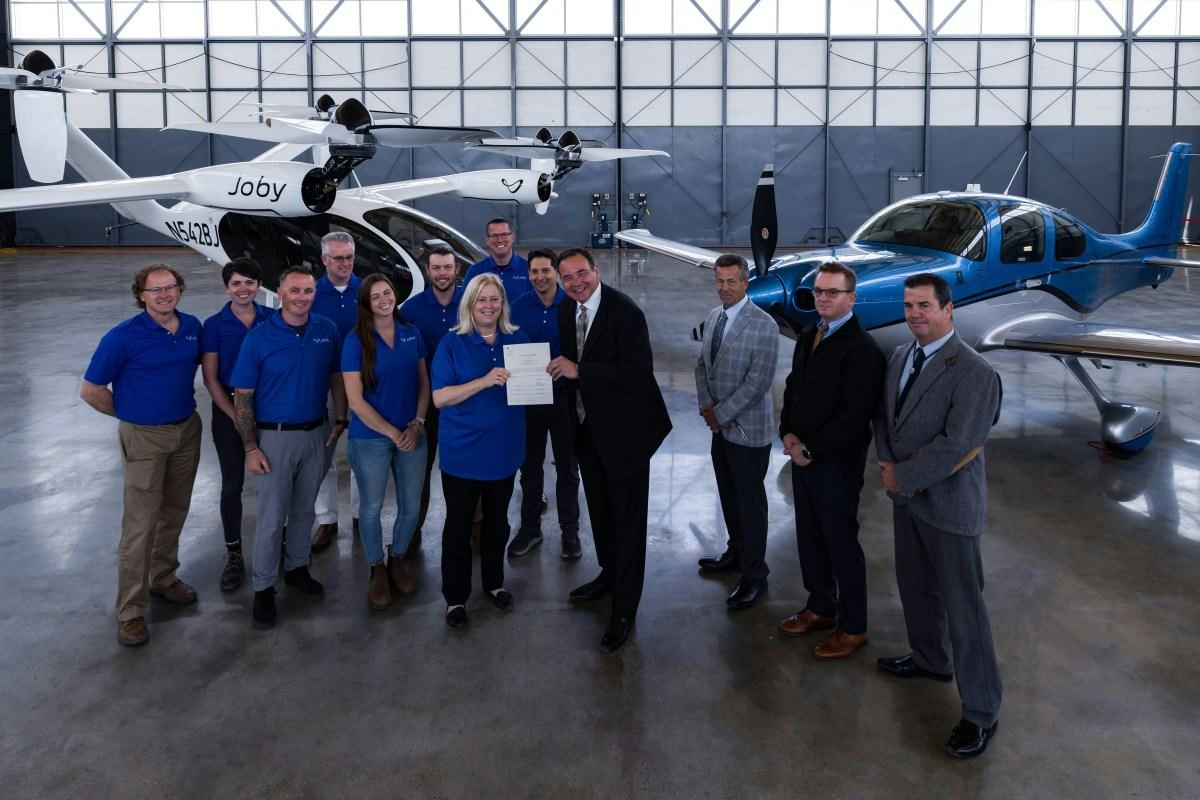
Joby Receives First CAE Flight Simulator to Enhance Air Taxi Pilot Training in Marina
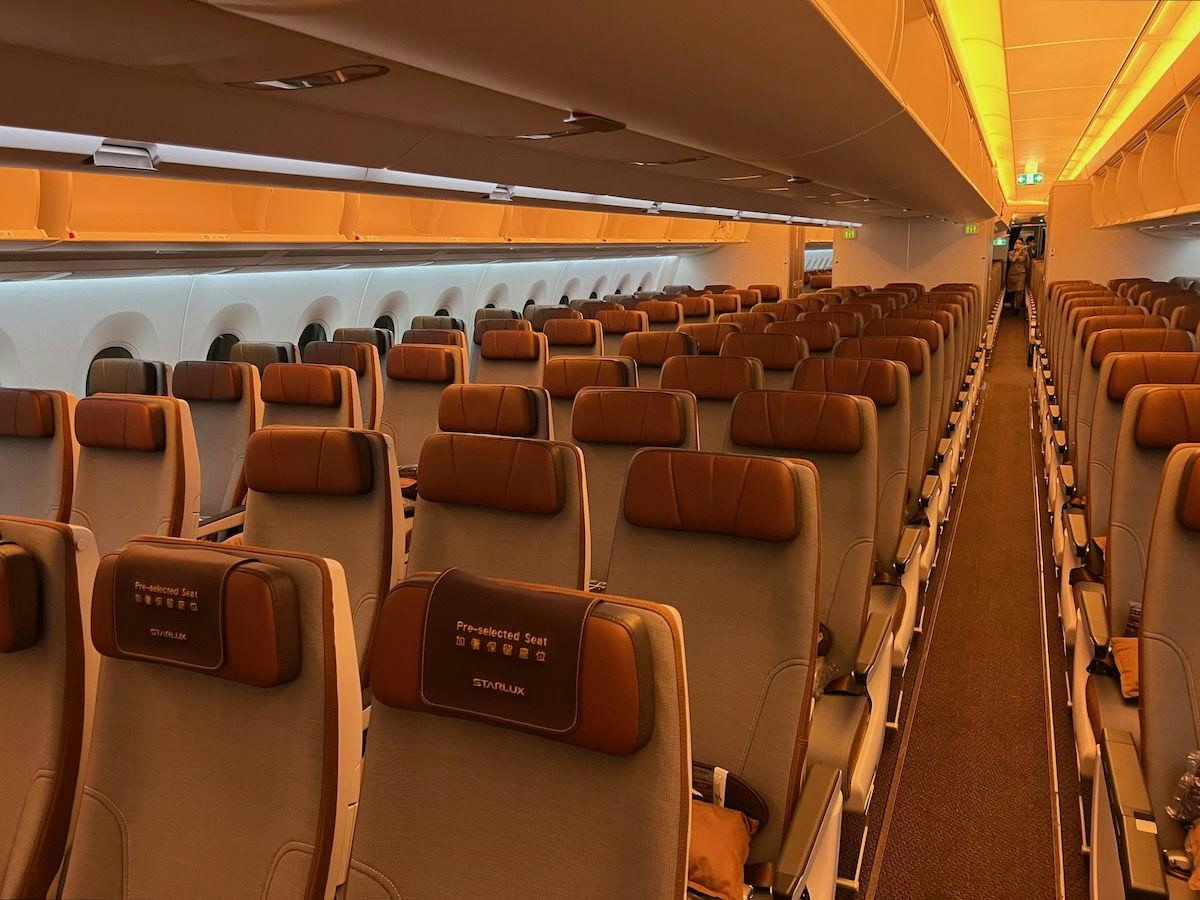
Review of Airbus Widebody Aircraft
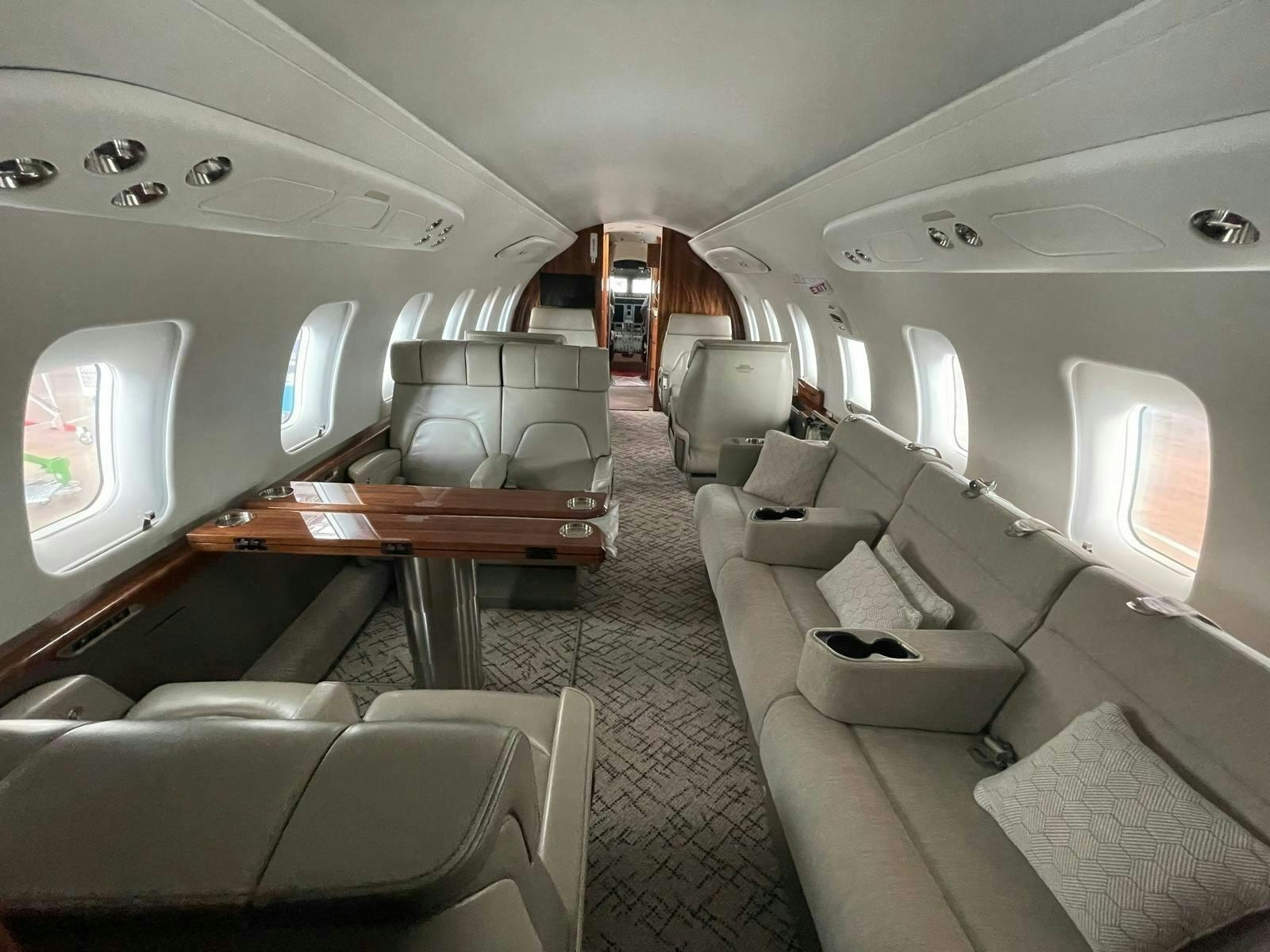
Nomad Technics Completes Maintenance on Challenger 650

CFM56 Engine Repurposed to Power AI Data Centers
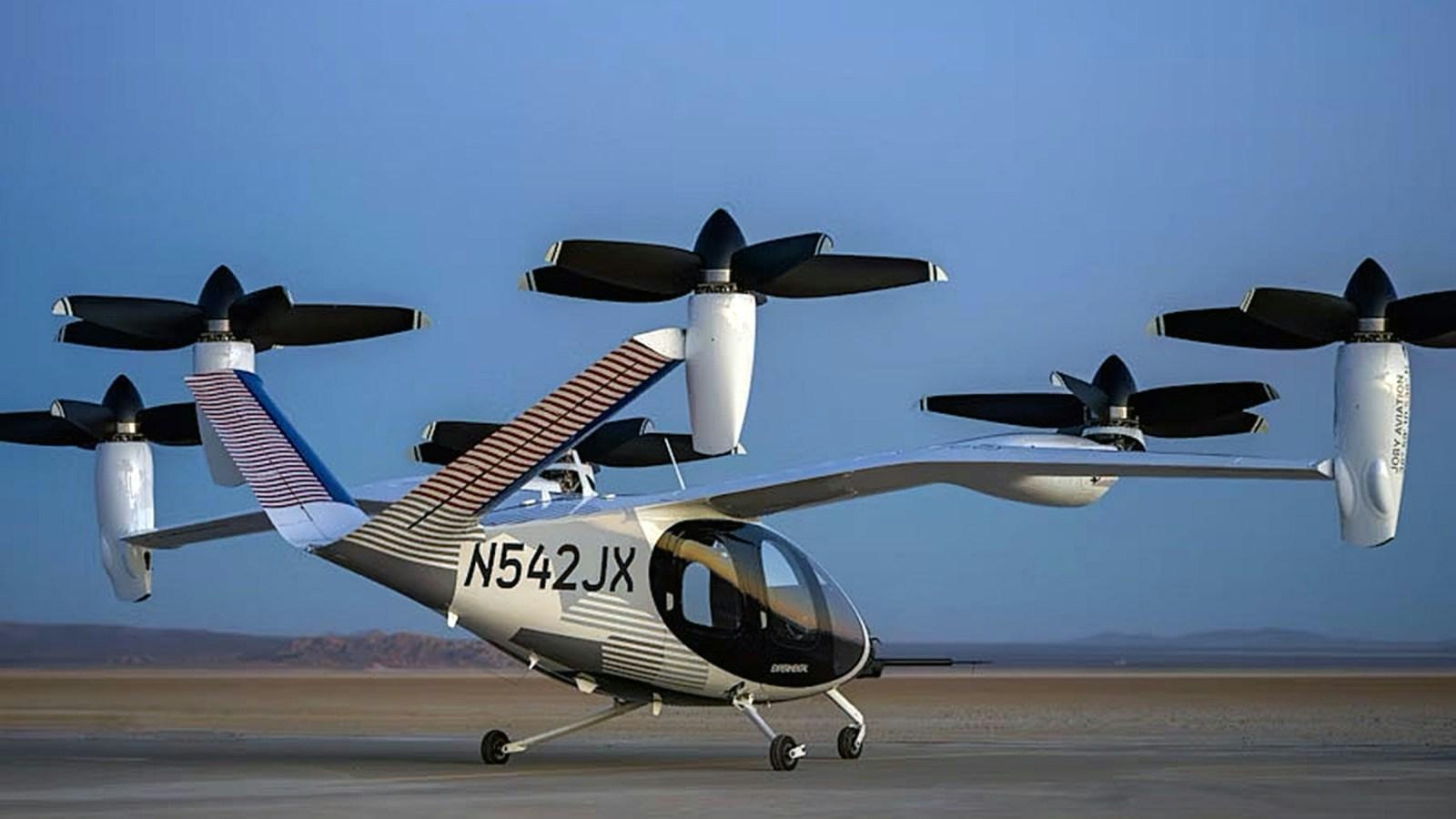
Joby Aviation Prepares for Air Taxi Pilot Training Ahead of CES 2026
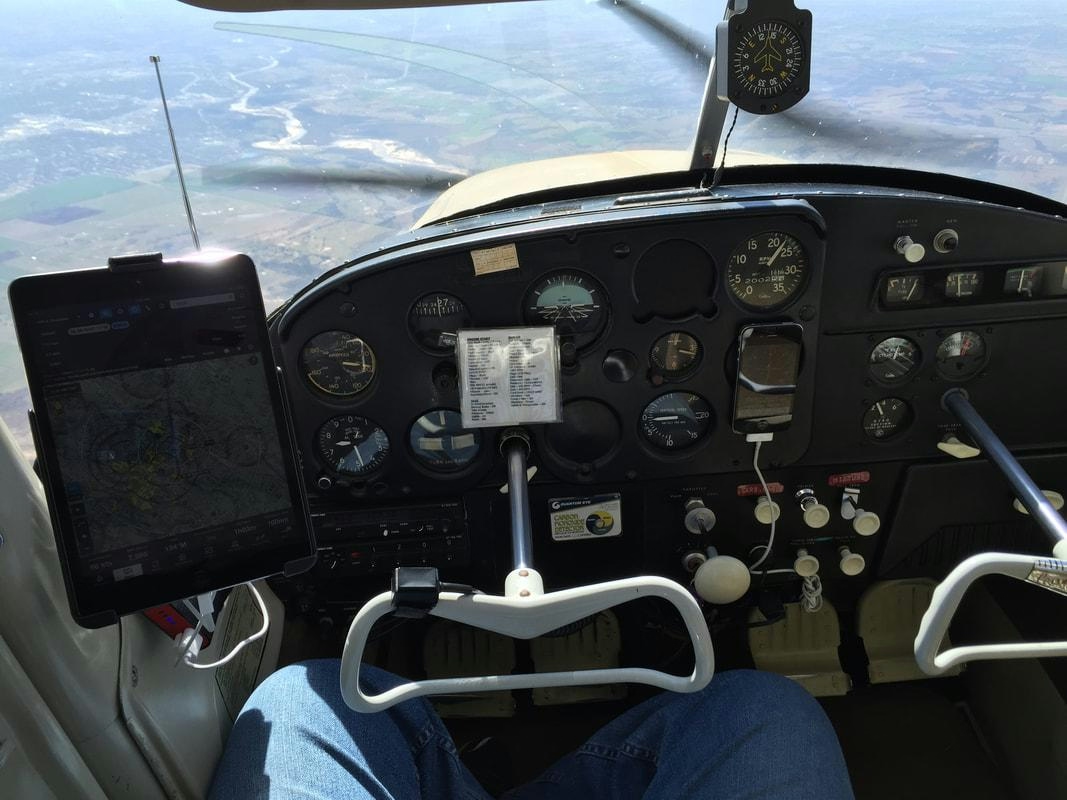
Fuel Exhaustion Caused by Incorrect Fuel Selector Installation

American Airlines to Offer Free Wi-Fi to Select Passengers
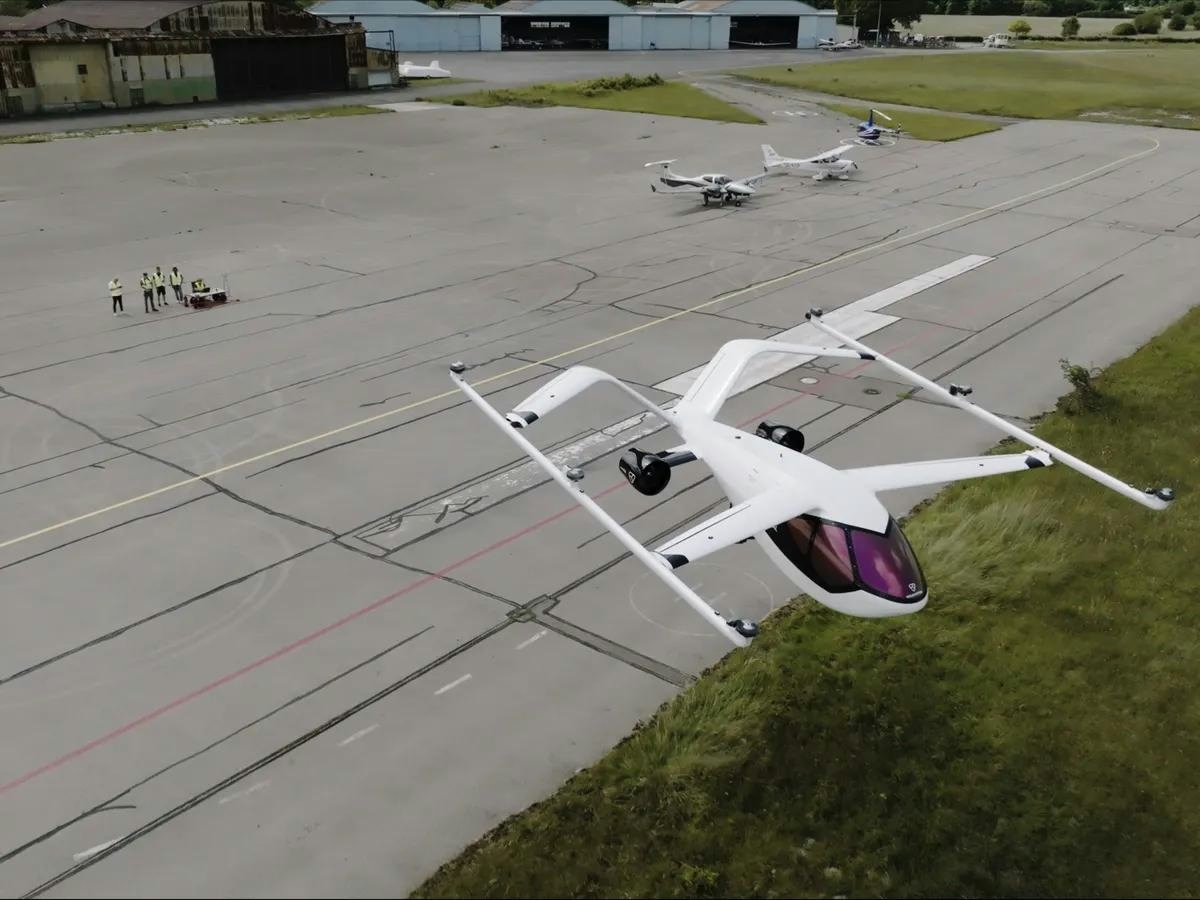
The Growing Role of eVTOL Aircraft
